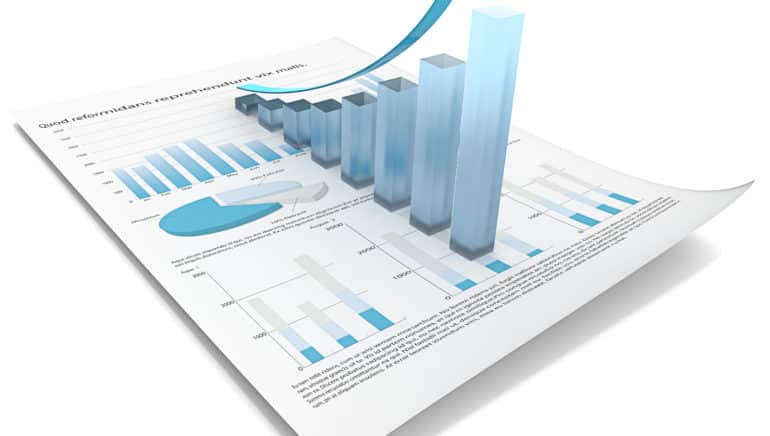In the first part of our sector analysis we explained and examined numerous stock ratios. In this part, we want to have a look at how these ratios can inform strategic considerations and what insights can be gained for the composition of an attractive sector-strategy portfolio.
On the basis of our analysis we have developed a (sector) strategy that is based on the following ratios:
- High return on equity (ROE)
- High momentum (relative performance of the sector with regard to the past six months)
- High dividend yield
High ROE and high momentum promise the highest success rate
Let’s remember part 1: a high ROE and a positive momentum were the factors that in the past had yielded the best performance and thus the highest rate of success. We have now added another strategy, i.e. one that focuses on shares with a high dividend yield. By adding a dividend strategy we want to stabilise the development of the sector-strategy portfolio.
A sector may come up in all three areas of strategic recommendations. If the weighting in the sector strategy portfolio were therefore 3 times 20%, divided by 3, we would come out at 20%; or, for example, in a case where it is only 1 x 20% and then divided by 3, we would get 6.67%.
Benchmark index with equal weightings
In contrast to the sector strategy portfolio, here we have built a benchmark index (portfolio) that consists of ten sectors with equal weightings. Since we are looking at ten sectors, every sector in the benchmark portfolio is weighted at 10%.
Sector strategy portfolio beats benchmark
How has our strategy fared over the past ten years? Let’s get right to the answer: the strategy portfolio has outperformed the benchmark.
The performance as indicated below includes capital gains plus dividends after taxes:
The sector-strategy portfolio outperformed the benchmark index, where all sectors command the same weighting, by 1.8%. Interesting result: the price fluctuation (i.e. volatility) of the sector strategy portfolio was lower than that of the benchmark index as well. The deviation of the sector strategy relative to the benchmark index (so-called tracking error) amounted to 2.7%.
Stable success of the sector-strategy portfolio
Chart 2 shows that the sector-strategy portfolio also outperformed the benchmark over a longer period of time, i.e. the past 20 years, by at least 1% annually. The success of this strategy is therefore relatively stable over time.

Sources: Datastream; own claculations
Note: the performance does not account for fees. Past performance is not indicative of future development.
Which sectors are currently attractive, and which ones are not?
Now we are going to look at the sectors on the basis of the ratios of ROE, momentum, and dividend yield in comparison with how they are rated overall.
The analysis of the individual sectors on the basis of the three ratios (ROE, momentum, dividend yield) holds an interesting insight: no sector comes out on top in every single ratio. At the same time, however, there is currently no sector that does not excel in at least one ratio.
Taking into account all three ratios, the following sectors are currently the most interesting ones:
Non-cyclical consumer goods (e.g. food manufacturers, tobacco etc)
Base materials
Telecommunications
Utilities (e.g. energy)
Interesting aspect: three of these sectors are regarded as “value” and only two as “growth”. This means that the overall strategy currently has a value bias.




